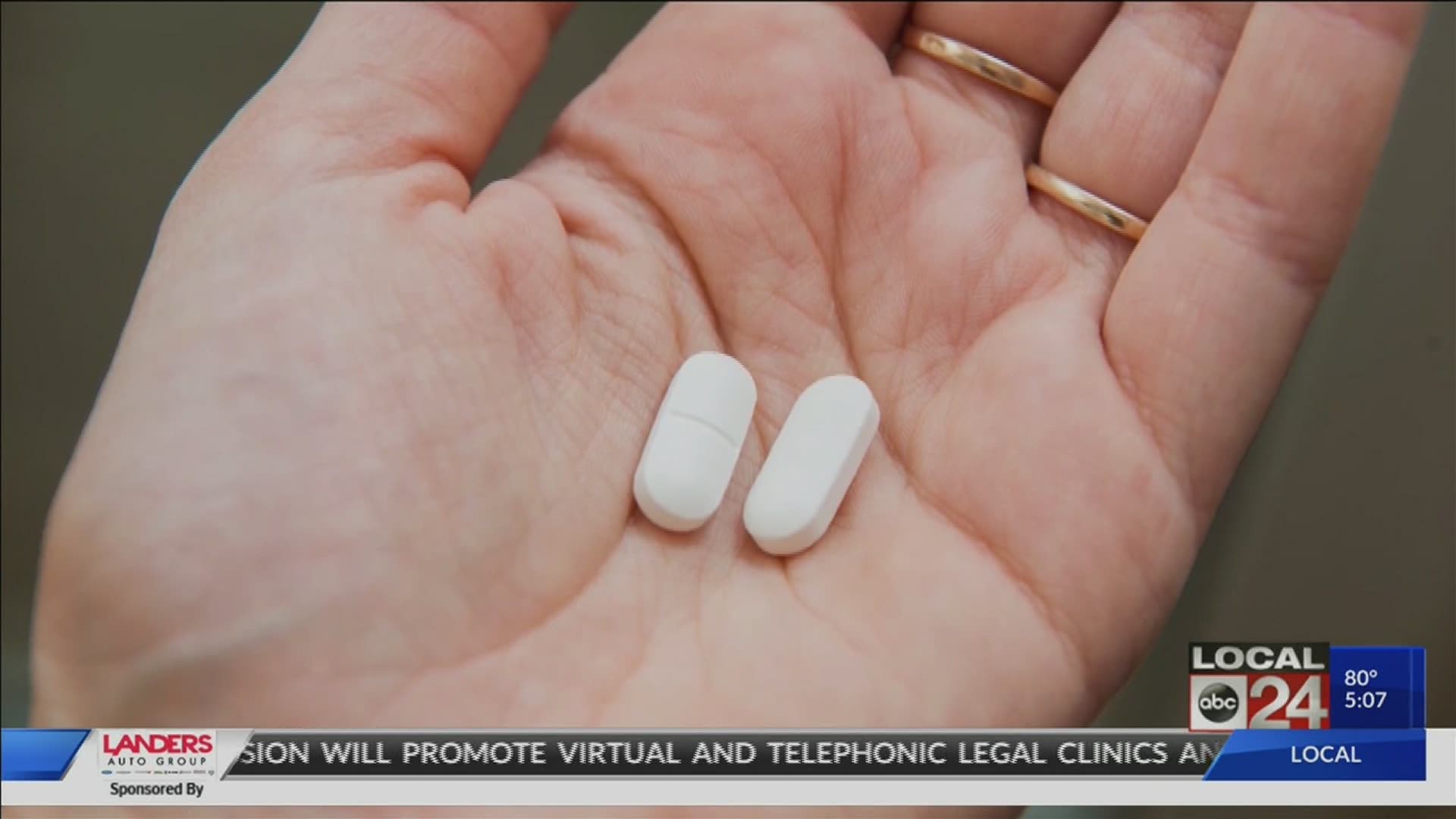

Of the total drug interactions, 8 are major, 70 are moderate, and 35 are minor. (1-80) Quick medical attention is critical for adults as well as for children even if you do not notice any signs or symptoms. There are 113 drugs known to interact with Tylenol (acetaminophen), along with 3 disease interactions, and 1 alcohol/food interaction. Overdose warning: In case of overdose, get medical help or contact a Poison Control Center right away. These could be signs of a serious condition.

fever gets worse or llasts more than 3 days.pain gets worse or lasts more than 5 days.When using this product do not exceed recommended dose (see overdose warning) If your child is allergic to acetaminophen or any of the inactive ingredients in this productĪsk a doctor before use if your child has liver diseaseĪsk a doctor or pharmacist before use if your child is taking the blood thinning drug warfarin.

If you are not sure whether a drug contains acetaminophen, ask a doctor or pharmacist.
with any other drug containing acetaminophen (prescription or nonprescription). Sore throat warning: if sore throat is severe, persists for more than 2 days, is accompanied or followed by fever, headache, rash, nausea, or vomiting, consult a doctor promptly. #Muconyst antidote for tylenol skin
If a skin reaction occurs, stop use and seek medical help right away.
with other drugs containing acetaminophenĪllergy alert: acetaminophen may cause severe skin reactions. more than 5 doses in 24 hours, which is the maximum daily amount. Severe liver damage may occur if your child takes Reducing Fever in Children: Safe Use of Acetaminophen (FDA.Liver warning: This product contains acetaminophen. Acetaminophen - Info for Consumers (National Library of Medicine). Using Over-The-Counter Medicines With Your Child. The amount to give each time is the same as the amount to give by mouth.Įxtended-release: Do not give 650 mg oral extended-release products in children. Mucomyst (Acetylcysteine, Acedote) Indicated for acetaminophen (APAP) overdose and management of thick, viscid secretions. Suppositories (medicine that is put in the rectum, or butt): Acetaminophen also comes in 80, 120, 325 and 650 mg suppositories. Oral disintegrating tablets: These are dissolvable tablets that come in 80 mg and 160 mg (junior strength) Do not give more than 4 doses in 24 hours. How often to give the medicine (frequency): You can give acetaminophen every 4 to 6 hours as needed. If a tool does not come with the medicine, ask your pharmacist for one. Use the syringe or tool that comes with the medicine. Measuring the dose for liquid medicines (should be in "mL" or metric units): It is easier to give the right amount of liquid medicine when using a syringe than when using a kitchen teaspoon or tablespoon. Avoid multi-ingredient products in children under 6 years of age. Medicines with more than 1 ingredient (also called combination products): It is best not to give medicines with more than one ingredient to children less than 6 years of age. If this happens, please talk to your child’s doctor.) It plots serum concentration of acetaminophen against the time since ingestion, in order to predict possible liver toxicity and allow a clinician to decide whether to proceed with N-Acetylcysteine (NAC) treatment. (Note: Fever may happen after a vaccine in a child 8 weeks of age or older. If there is a fever, your baby will need to be checked to see what tests are needed. Investigational agents for the treatment of acetaminophen toxicity, which have the potential to be used together with NAC or even instead of NAC, include 4-methylpyrazole (a c-jun N-terminal. This is because fever in the first 12 weeks of life should be recorded in a health care setting. Pediatric acetaminophen products on store shelves can continue to be used as labeled.Īge of child: Do not use acetaminophen under 12 weeks of age unless your pediatrician tells you to. 
Dissolvable powder packs are available for children ages 6-11 years old and 48-95 pounds. Liquid syrup acetaminophen is available as 160mg/5mL. Dimercaprol for arsenic, gold, or inorganic mercury poisoning. Atropine for organophosphates and carbamates. Some manufacturers have recently made chewable tablets into a single strength of 160 mg. Some examples of antidotes include: Acetylcysteine for acetaminophen poisoning. Since that time, manufacturers and retailers of pediatric acetaminophen have voluntarily worked to change the amount of acetaminophen in these medicines to one standard amount (160 milligrams ). Food and Drug Administration (FDA) recommended liquid, chewable, and tablet forms of acetaminophen be made in just one strength. Acetaminophen Dosage Table for Fever & Pain: Birth to 3 Years of Age:Īcetaminophen Dosage Table for Fever & Pain: Age 4 Years and Older:Ĭaution: In 2011, the U.S. Also relieves pain due to menstrual pains, period cramps, muscle aches, & minor arthritis pains. NAC is the antidote for toxic acetaminophen overdose.








 0 kommentar(er)
0 kommentar(er)
